Hello, this is Dr. Jo. Today, I'd like to talk about the impact of stress on our bodies and effective ways to manage it. In a previous video, I explained the principles behind developing diabetes, and among the key factors influencing insulin secretion is stress. Stress is an extremely important element. When stress causes insulin resistance, it doesn't just lead to diseases like diabetes, high blood pressure, high cholesterol, and obesity—it can also increase the risk of issues such as endometriosis, ovarian cysts, hypothyroidism, thyroid nodules, breast lumps, and even potentially cancer.
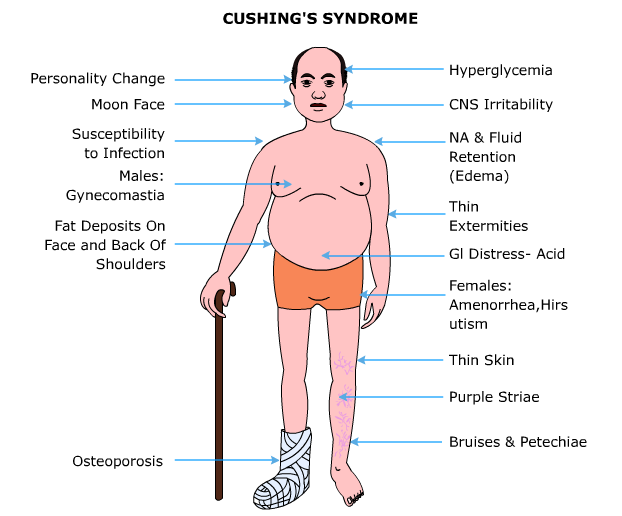
Learning about these things one by one is interesting in itself, but what's even more rewarding is applying them step by step and feeling your body get healthier. This provides motivation and a greater sense of accomplishment than anything else. Since these are lifestyle-related diseases, you need to change your habits to heal yourself. It doesn't make sense from the start to create the illness yourself and then go to a doctor to fix it. How can a doctor rescue you when they don't know how you eat, how you live, what stresses you're dealing with, or whether you're sleeping properly? All a doctor can do is prescribe medication based on symptoms. You have to do it yourself.
Today, continuing from last time, let's explore how to solve this stress problem. When hospitals say "manage your stress well," it means to lower your cortisol hormone levels. How do you do that? It's not something solved by pills or supplements. To reduce stress—and thus lower cortisol—there are a few things you can do: first, maintain stable blood sugar levels; second, exercise; third, breathing, meditation, prayer, or cultivating gratitude. These are listed in order of importance, and I'll emphasize a few to explain them.
Why is stable blood sugar the first priority? Avoid sodas, processed foods, and high-glycemic index foods. Eating high-sugar foods causes blood sugar to spike. When blood sugar rises, insulin is naturally released. If insulin works too effectively and blood sugar drops sharply, it's because too much insulin was secreted due to the initial high spike—it would have been better if just a little was released. So, instead of a gentle drop, it's a crash. When blood sugar crashes too low, it needs to be raised again, and that's what cortisol does. This leads to cortisol being released, creating a rollercoaster of ups and downs.
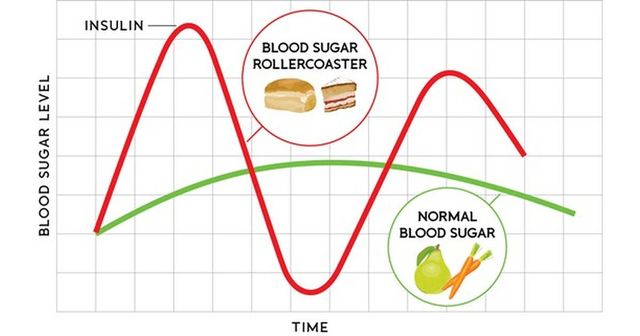
If your body is good at using fat as fuel, skipping a meal or a slight drop in sugar isn't a problem. But most people are trained to rely heavily on glucose, so their fat-burning system isn't well-developed. This over-dependence on glucose means even a small drop causes panic, irritability, or depression. To counter this, adopt a low-carb diet with vegetables or meats—foods with low glycemic indexes—to maintain steady, gentle blood sugar levels. That's the key.
Sleep also lowers cortisol levels. During sleep, growth hormone is released, which creates insulin-like growth factor (IGF) in the liver, performing the same role as insulin and easing the pancreas's workload. Growth hormone comes out during sleep. In adults, it prevents belly fat accumulation and slows aging—it's an anti-aging hormone. To promote growth hormone, intermittent fasting is better than just sleeping, and exercise is the best, especially high-intensity interval training.
Breathing is highly effective for reducing cortisol and has a great impact on lowering blood pressure. There are many brain breathing, dantian centers, or meditation centers where people start attending and say things like, "My headaches disappeared after that," or "I cured my diabetes." This isn't unscientific—there's solid reasoning behind it. You can artificially lower blood pressure through breathing.

Breathing involves the autonomic nervous system, which operates automatically without conscious control—things like digestion (which happens on its own when food enters) or heart rate (which you can't control at will). Breathing is unique: it happens unconsciously, even in sleep, but you can stop it or adjust its speed if you want. Thus, breathing is the bridge between the somatic (voluntary) and autonomic (involuntary) nervous systems—or, poetically, the link between consciousness and the subconscious.
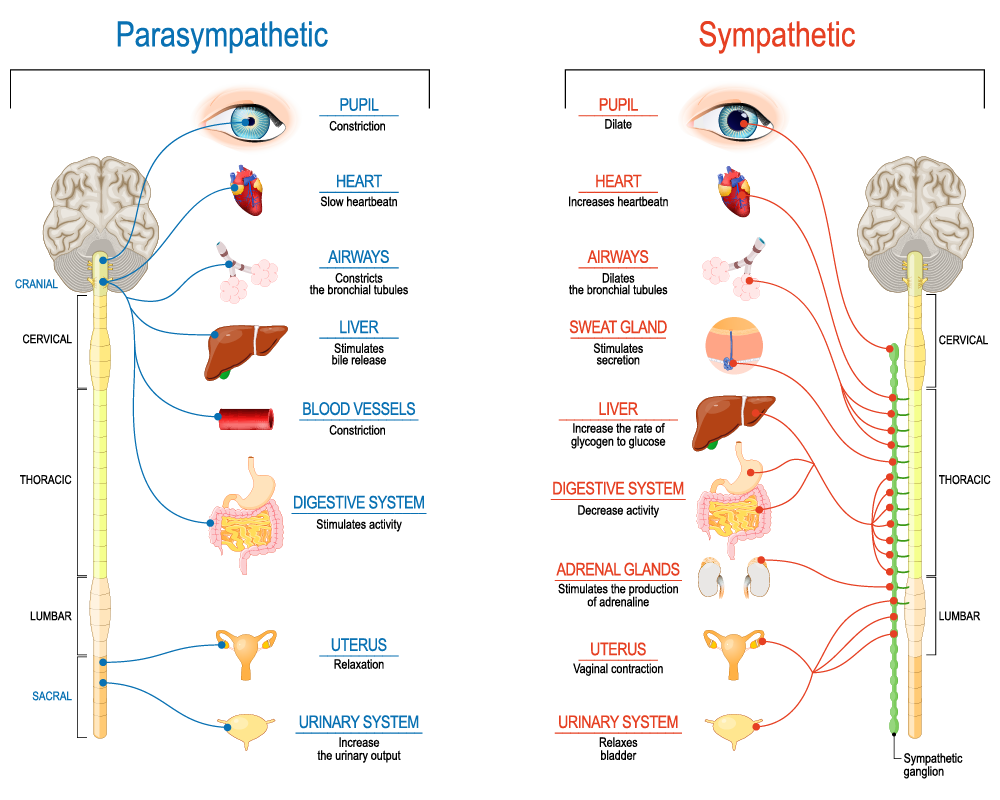
This relates to heart rate variability (HRV), a measure of autonomic function. When you inhale, heart rate speeds up; when you exhale, it slows. Our bodies are smart: inhaling increases oxygen in the lungs—a precious resource—so the heart beats faster to distribute it quickly. Exhaling reduces oxygen, so the heart slows to conserve energy. This creates coherence through repeated inhales and exhales. For example, assume heart rate hits 70 on inhale and drops to 65 on exhale—the average is 65, but it fluctuates smoothly.
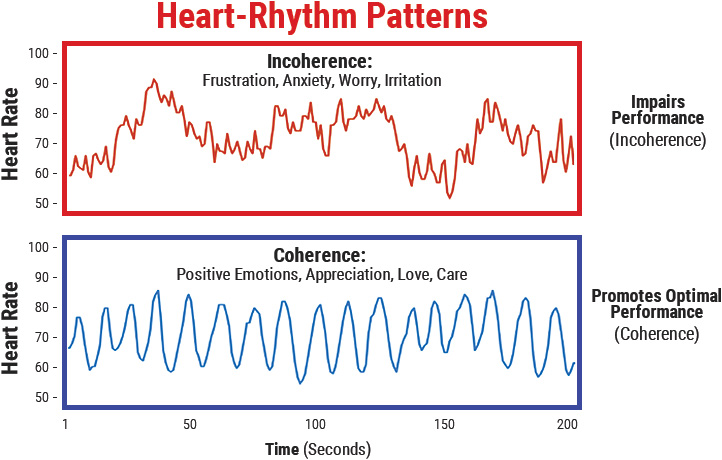
This serves as a health indicator. Healthy people show fluid, smooth curves; unhealthy ones have incoherent, unstable patterns with short, irregular breaths. When frustrated, dissatisfied, or angry, breathing becomes chaotic. The good news is you can control it. Through training, you can make even breathing a habit, even unconsciously.
Breath speed matters: if you take 20 breaths per minute, it's too shallow, preventing parasympathetic (rest) activation and keeping the sympathetic (fight-or-flight) nervous system tense. Inhaling activates sympathetic; exhaling, parasympathetic. Rapid breathing means parasympathetic doesn't get a chance before the next inhale restarts sympathetic—staying in tension mode.
To break this, breathe slowly: inhale for 4-5 seconds, exhale for 5 seconds (about 6 breaths per minute). No need for extremes like 2-second inhale and 8-second exhale—just comfortable 5-second cycles activate parasympathetic automatically. Practice conscious slow breathing. It may seem simple, but blood pressure drops immediately—test it with a monitor if you have one.
When unwanted negative thoughts fill your mind, counting seconds while breathing (1, 2, 3...) interrupts them temporarily. It's important, even if subtle. With enough practice, you can break bad patterns. It's not a one-time fix—like trying a carrot once and expecting health changes. Exercise once, and muscles don't grow; but a year of consistency builds them. The same applies mentally: habits are key. Repetition creates momentum. Life isn't ruled by enlightenment—though it can start things—but by habits. Consistent exercise, reading, note-taking, greeting brightly—these good habits everyone knows but not everyone does. No one argues against them.
Successful lives have something in common: neuroplasticity through practice and repetition. Repetition turns it into a skill, changing body tissues and neural pathways. The more you repeat, the wider the pathways, making it automatic—like right- or left-handedness. You don't think about which hand to use for a pen; it happens. A beginner pianist stumbles, but pros master new pieces through practice. In soccer or boxing, movements come from the body, not thought—only through drills. Stress is the same: bad thoughts and emotions can become habits, often from childhood trauma. I'm not ignoring that or suggesting Spartan toughness. Filling with good habits protects from cortisol's damage—the hormone we've overlooked, causing diabetes, hypertension, thyroid issues, and endometriosis. Try everything possible. After 6 months of practice, neural transmission changes, so the core of breathing is activating parasympathetic and deactivating sympathetic.

What are the effects? Blood pressure drops immediately, cortisol decreases, reducing insulin resistance, cholesterol, blood sugar, and helping lose belly fat. Better circulation warms hands, improves digestion, boosts immunity and recovery. It even aids fertility—all parasympathetic functions. Sympathetic dominance signals danger (like being chased by a bear or tiger)—no time for digestion or pregnancy; immunity drops. It helps hyperhidrosis (sweaty hands) somewhat and increases focus for athletes or students. So, aim for slow, not fast, breathing as a habit. Many women breathe shallowly, so deliberate practice until it sticks is needed.
Exercise is vital for lowering cortisol, but hoping for health without it is unrealistic. However, done wrong, it's worse than nothing—it can cause weight gain, diabetes, or worsen health. It's so important I'll dedicate a separate broadcast to detail it properly.
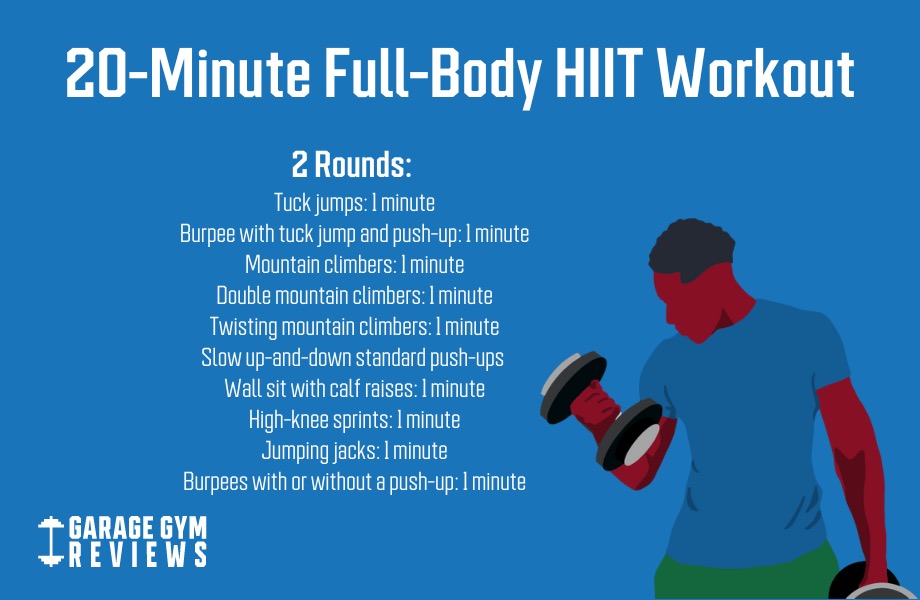
Many people say their bodies changed after stressful periods like COVID or major incidents, with ongoing stress tormenting them. You can overcome it—you can do it. I wish you good health. Thank you for watching today!
```